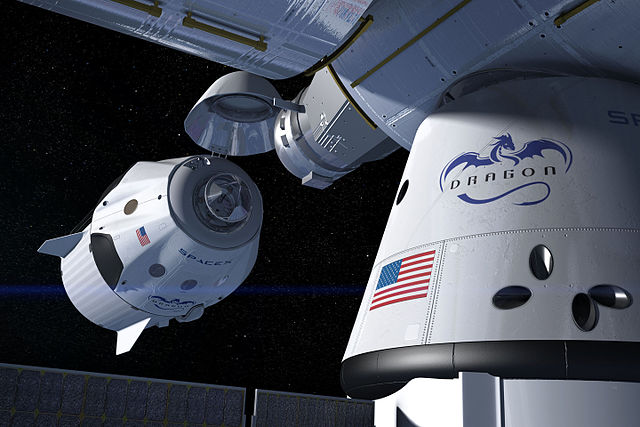Docking. It’s one of the most delicate and potentially dangerous parts of space flight.
Imagine two objects traveling more than 17,000 miles per hour with significant mass and unconstrained three-dimensional movements subject to orbital mechanics. Any misalignment and the maneuver is a miss at best and catastrophic at worst. This used to be completed by a military test pilot’s hand-eye coordination. Now we have computer assist, but continue to need a human to make final tweaks and interventions (note that on the space station, in the final moments, they are unable to fire reverse thrusters, lest they trash the solar arrays. Talk about energy management!)
Getting a new strategy attached to a firm, already in complex motion, is equally as difficult. When the strategy work is going on at arm’s length, the team in the firm’s core is usually hands-off and detached. Once the strategy is vetted and it’s time for implementation, however, the differing pace, level of detail, and style of the leaders all contribute to this being very tough to achieve.
Carrying this analogy forward for strategic implementation, we have a new module with powerful strategic engines that we need to dock with the new firm. In many cases, the power of fresh thinking bounces off the inertia of the existing organization without making a scratch. What we need are tools to make sure that we get the ideas and the firm in the same orbit, ready to connect and avoid the risk of rejection.
Why is this so vitally important to get right? In short, nothing less than the firm’s viability is on the line. A firm’s agility, especially in the “with COVID” era we are now in, demands that firms are able to build a real capacity to find, form, and implement a fresh strategy in service of their customers.
The Alignment
To get a new strategy to dock with and influence the core business, we need to make room for both to evolve. This means that the strategy is loosely coupled at the outset – with room for real collaborative discussion that brings the two into alignment.
The mechanics of this process start with a clear vision and realistic modeling of the future state that our new strategy will lead us to. The next critical step is to co-create the right project, team, and plan that can tangibly express that first step, and serve to validate the rest of the journey. To do this well, we use the STRIDE process to hold both ends of the strategy process in sync – both the future vision and scaled result (for more on STRIDE, see posts here, here, and here).
A critical difference with STRIDE is that we make room for deep evolution during this process, for example, the R stands for Reality, and it’s a time when we examine our work critically, removing any fiction, and making sure we have a solution standing on rock-solid ground.
Many bold first steps have needed to be reimagined when connected to the core business that will place it into the market at scale. Tesla started with the Roadster, then the Model S and now the Model 3 and the Cyber truck. Similarly, Apple started with the Lisa, then the Mac, then the MacBook – and we could go on. Note that each of these steps started with a bold vision, and a product that was “close,” before evolving in a “conversation” with the market.
Why did these firms succeed where many others could not? Of course, there was the context they found themselves, but one thing these firms have in common, is a relentless pursuit of a specific project, with a specific vision of how their clients’ lives would never be the same.
The Untold Part of the Story
We tend to dwell on the external effects of these large firm’s product efforts, but for every breakout product, there is an internal shift. These internal transformations precede the external products and are driven by a particular team makeup. Breakthrough teams are made up of two key leadership styles:
- The first is a visionary architect – the 30,000 ft. thinker, who can paint a compelling picture and charismatically communicate with an intensity that gathers momentum.
- The second leadership type is the operator – the catalyst. This person is a ruthless doer and teams up with the visionary to bring their ideas to life.
This pair finds one another inside firms, and while the visionary – architect is often most visible, the operator-catalyst is essential (for more on leadership styles see articles here, here, and here).
These two styles are critically important. If you don’t have these two leadership styles present, I would strongly recommend you find a way to augment your team via external resources. Some firms have key internal resources to function in these roles as well. If you need help sourcing these resources, I can help.
The Key Question
So, let me ask you: what deliberate internal shifts are you making mid-COVID, that will result in an external shift? Are you helping your visionaries move forward or holding out for the perfect project?
How I Help
I help firms with their strategic implementation strategies. This involves taking their work as seriously as they do and co-developing plans and strategies in a deep way to assure that the value they are seeking is expressed in the customers’ hands.
In short, I help leaders take actions that induce success.
If you’d like to have a conversation with me about a complex challenge, please email me at scott@scottpropp.com, or use this link to put a call directly on my calendar.
Related posts you can benefit from…


